I cannot believe that this site exists, but be thankful that it does. It's like the wikipedia of Wu-Tang lyrics. With graphics and audio clips to navigate the 36 chambers. Un-be-lievable.
While Peter of pu-erh.sk may not quite be THE GZA, if we formed like Voltron he would at least be fairly close to the shoulders. Or the lumbar region, at minimum.
Today's teas include a few samplers that don't appear to have made it onto his web-site, by which are, as always, a complete and total education - and therefore very gratefully received.
Today's teas include a few samplers that don't appear to have made it onto his web-site, by which are, as always, a complete and total education - and therefore very gratefully received.
The purile part of me always finds the name "Yibang" extremely amusing (Chinese has a virtually silent "y" at the start of this vowel sound), akin to "Badabing" or, every schoolboy's favourite, "Chawang".
Famous for its short leaves, Yibangshan is usually sweet and approachable. This particular sample, maocha as pictured above, has no breakage.
This is good tea: the scent is heavy, buttery, and particularly long-lasting. The body is tangy, pollenated grass; its soup, pictured above, is just as you would expect. It has more fruitiness than other "grassy" teas - the thick, grassy sweetness is entirely charming here. It is a very optimistic tea - perfect for an unusually sunny morning, in the middle of the week.
I let the tea decide the length of the session: if it wishes to stay longer, then it may do so. Everything (and everyone) has its own pace, and it is all we can do simply to allow each to their own tempo, without attempting to force them otherwise.
Next up, a trip across to the Bulangshan region, for Bangpen:
The long-leaf maocha, pictured below, looks beautiful indeed. The scent of the dry leaves is a gentle sweetness. The rain has just stopped, it is near the week-end at the time of writing (days after the Yibangshan above).
The tea is good: it has the content and quality of gushu [ancient tree]. As with many Bulangshan teas, it is strong; it is also compact, dense, very clean, and sweet to its core. That sweetness is second to a broad base of lower "biscuit", almost Mengsong, characteristics.
Hints of old honey mix with the sharp kuwei [good bitterness] of the region. It has a reasonably-textured soup, but is not "thick". I like its delivery of a sequence of clean, precise, fairly enjoyable infusions.
Lifted by its energy, I concluded that this tea was more about core Bulangshan characteristics, in the end, which is no bad thing.
Finally, an actual cake:
With the 2004 version of this "special" (?) Big Green Tree selling for 64 Euro, this 2001 version priced at 140 Euro is curiously-priced. They are both, Peter writes, "tailor-made private productions", and notes that both have different wrappers to the standard Big Green Tree cakes. This 2001 has been stored in Guangzhou, with a single year in Taiwan.
The dark, slightly fragmented leaves have the scent of old Yiwushan. Warmth, Yiwushan sweetness, vibrancy in the mouth: this "BGT" (or "Beej") is a solid cake. It carries its sweet straw from the tingling tip of the tongue all the way back into the throat, remaining sweet long after the swallow. It is gently calming; I breathe a slow sigh and straighten my back.
The session lasts for two days, as I am determined not to disrespect the tea by finishing early. The second session occurred after swimming for an hour or so. After 3 km, the last 2.5 km completed without stopping (somehow), I am totally ready for comforting tea.
If we formed like Voltron, then I have a feeling that I may be south of the waistline.


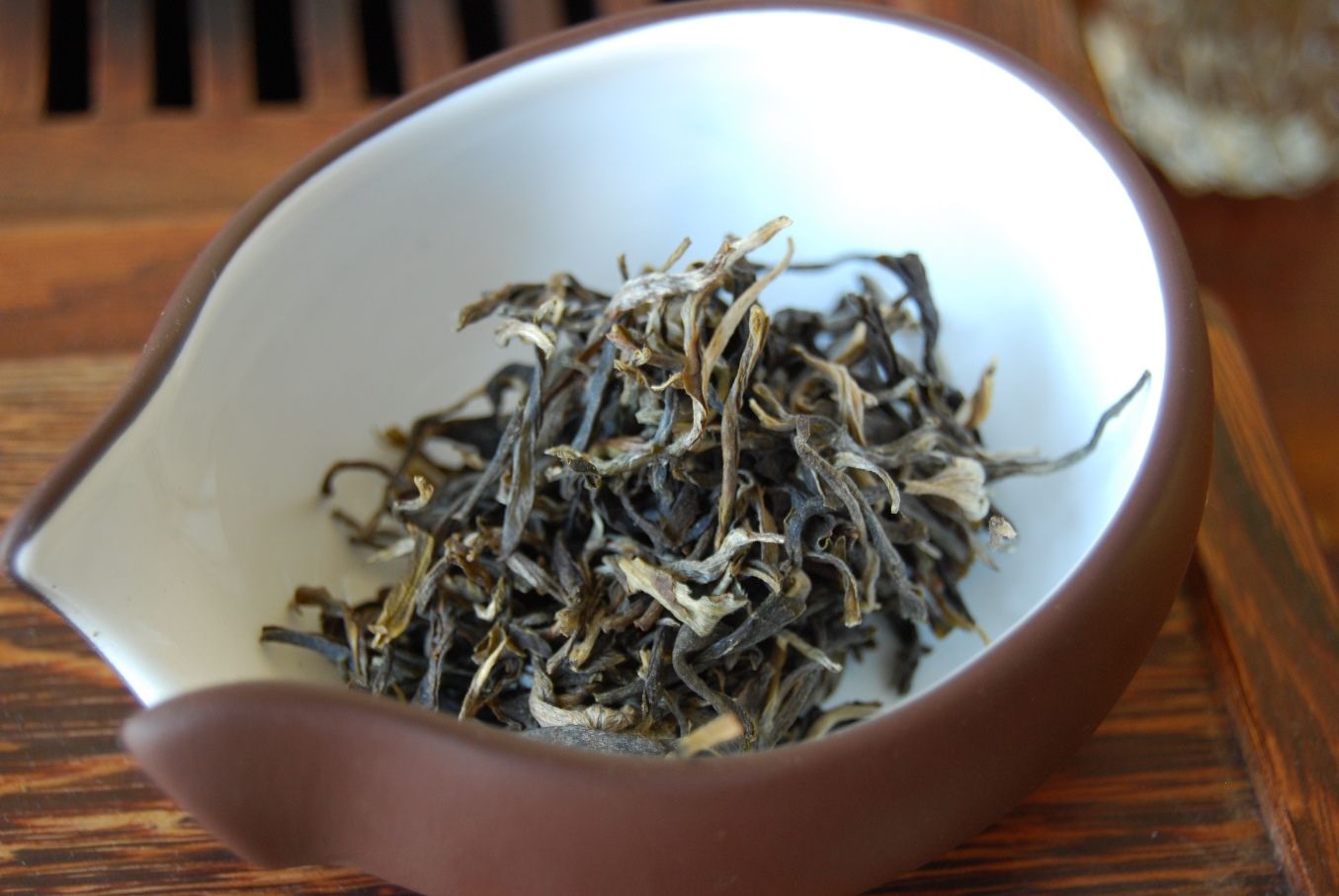
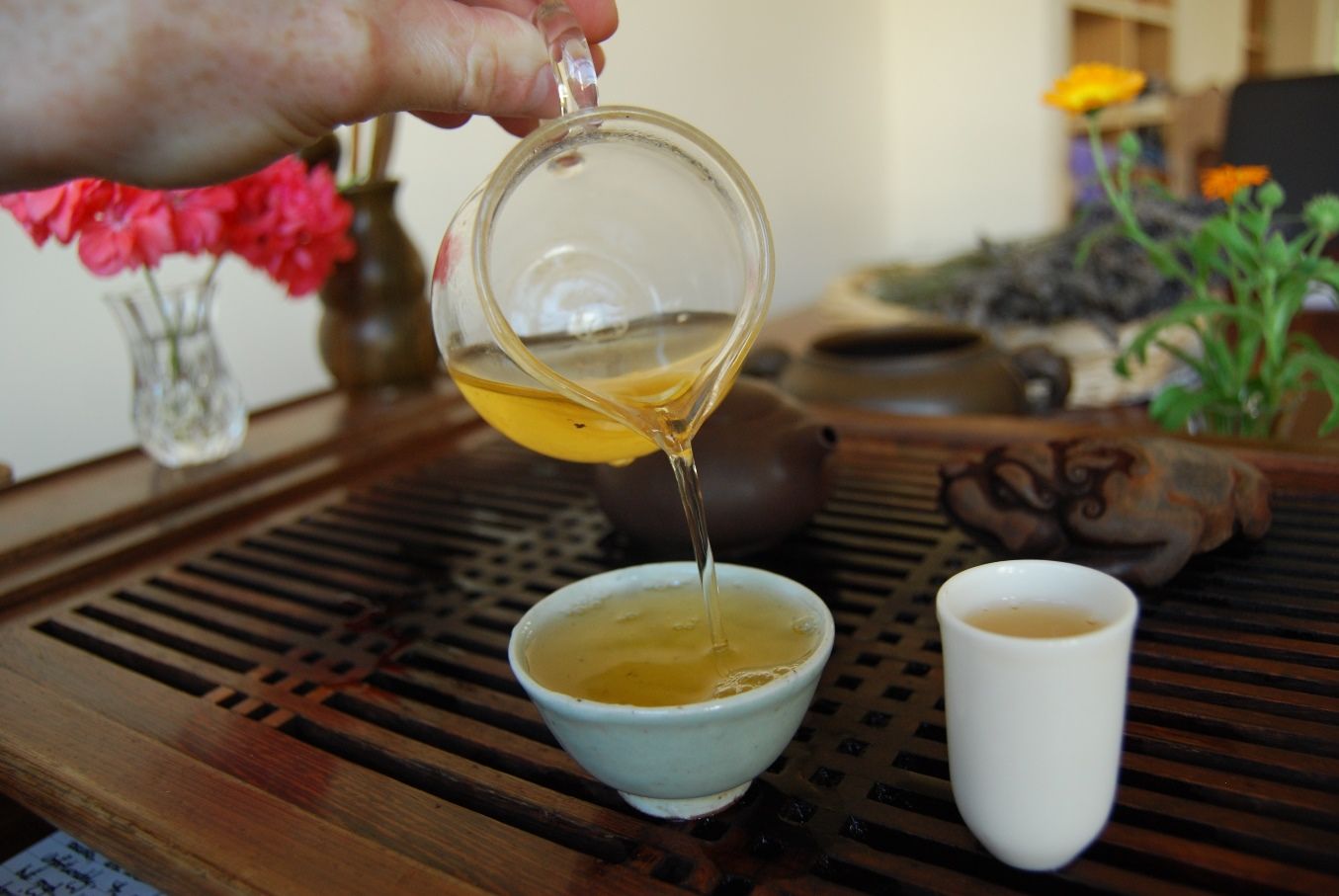
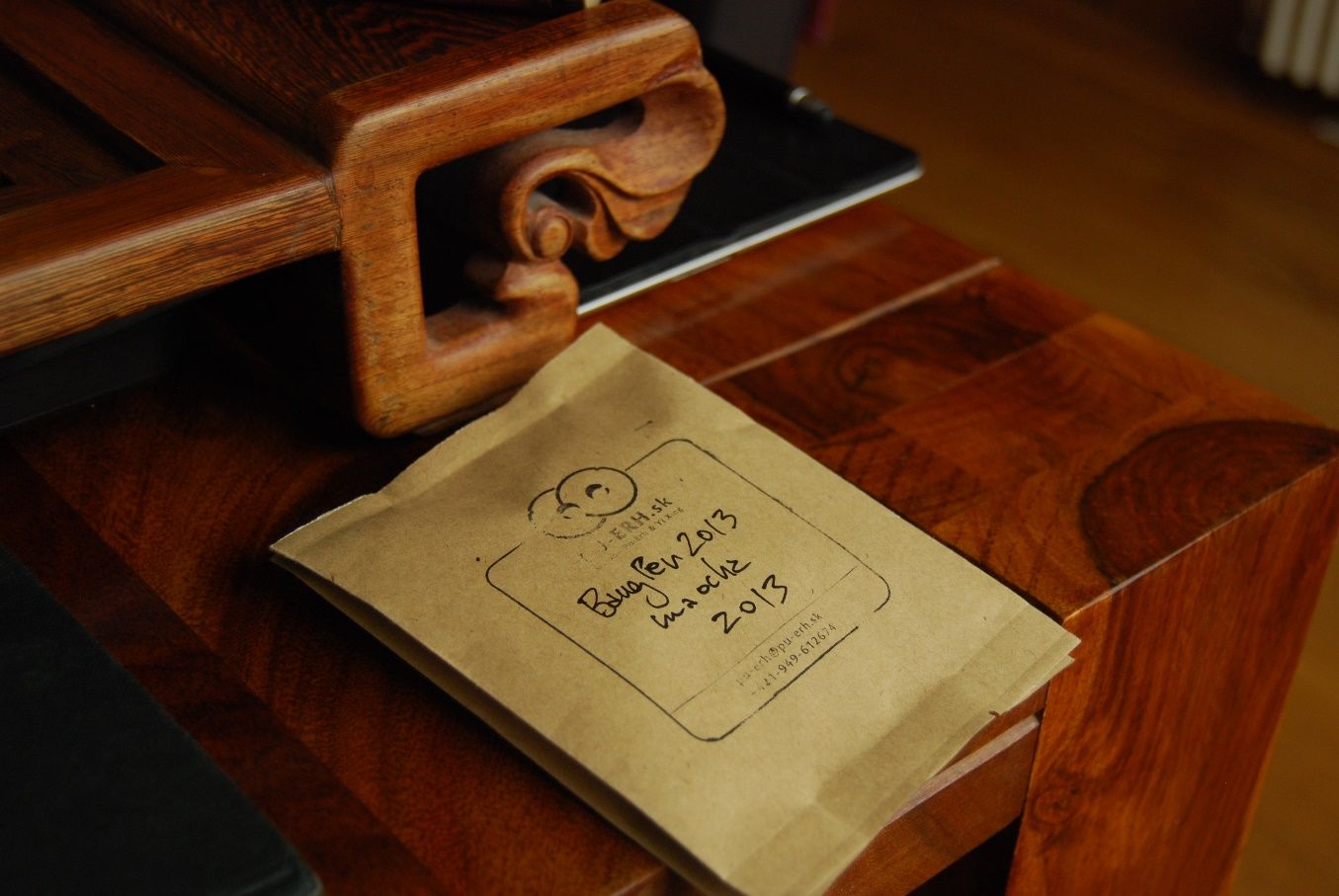

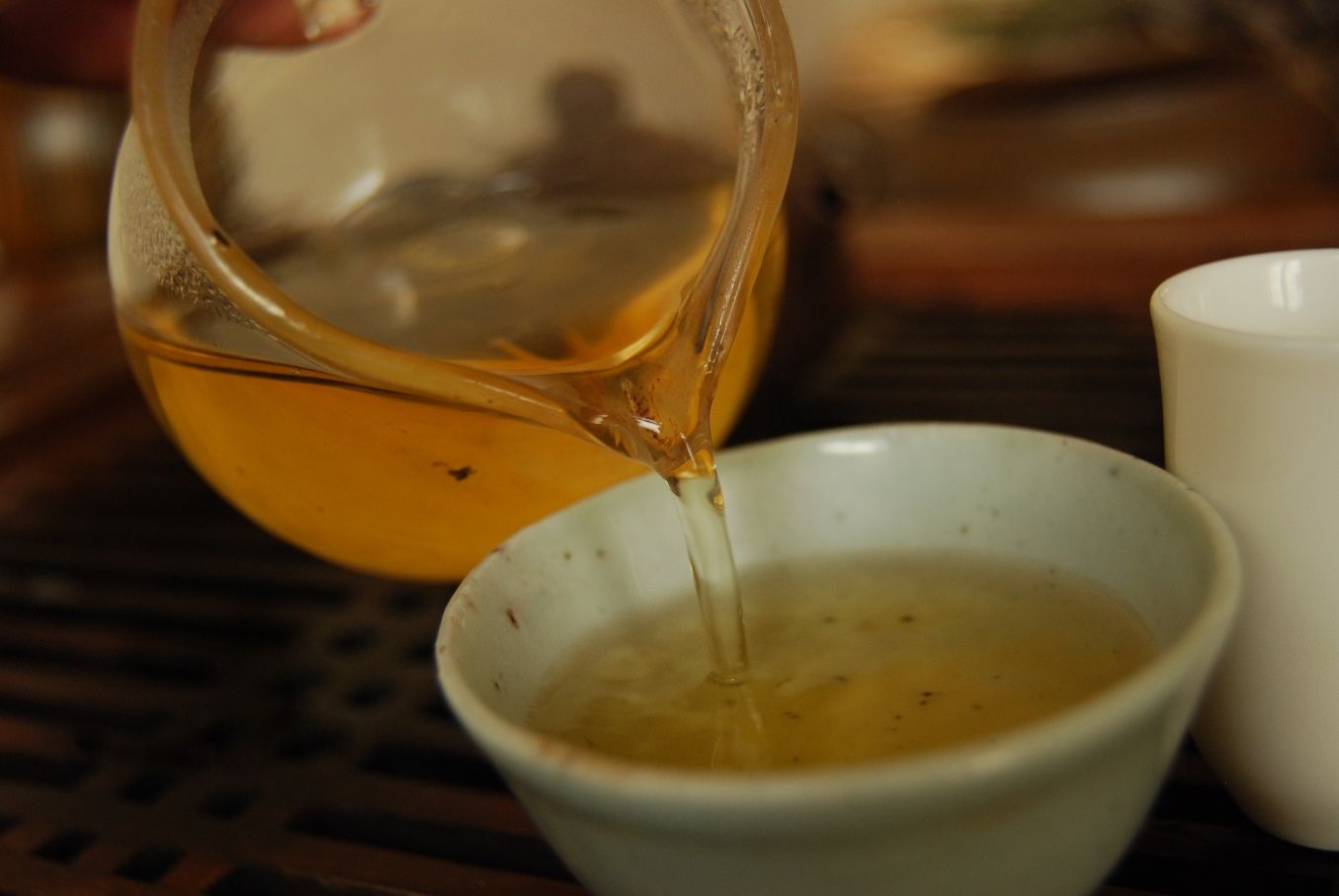
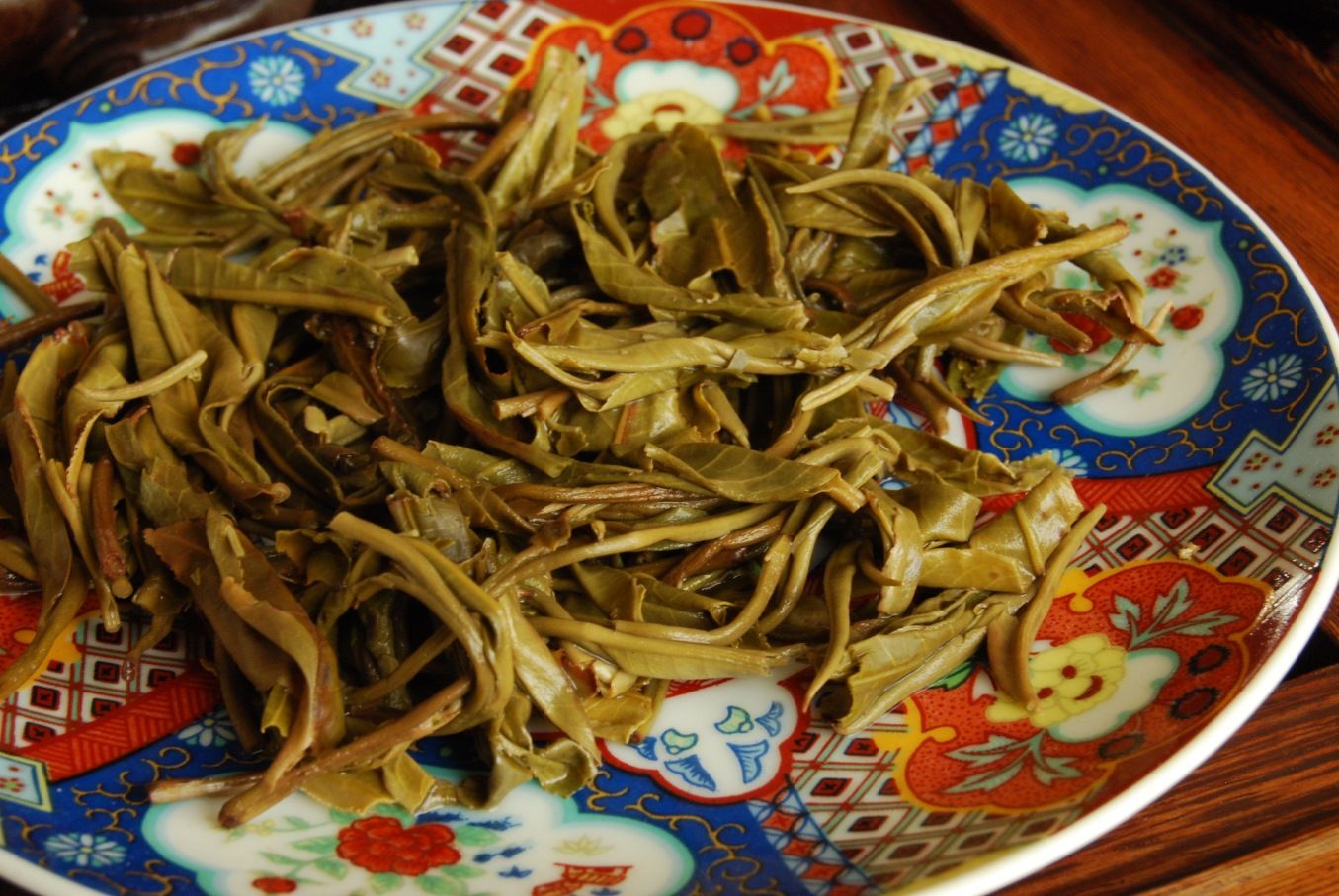


3 comments:
But you'll be a big member, don't you worry!
The rump is the best cut :)
Really would like to try these 2 out. I noticed that the 2004 cake price has shot up to 150 euros. I wonder if the 2001 is the better deal now?
Post a Comment